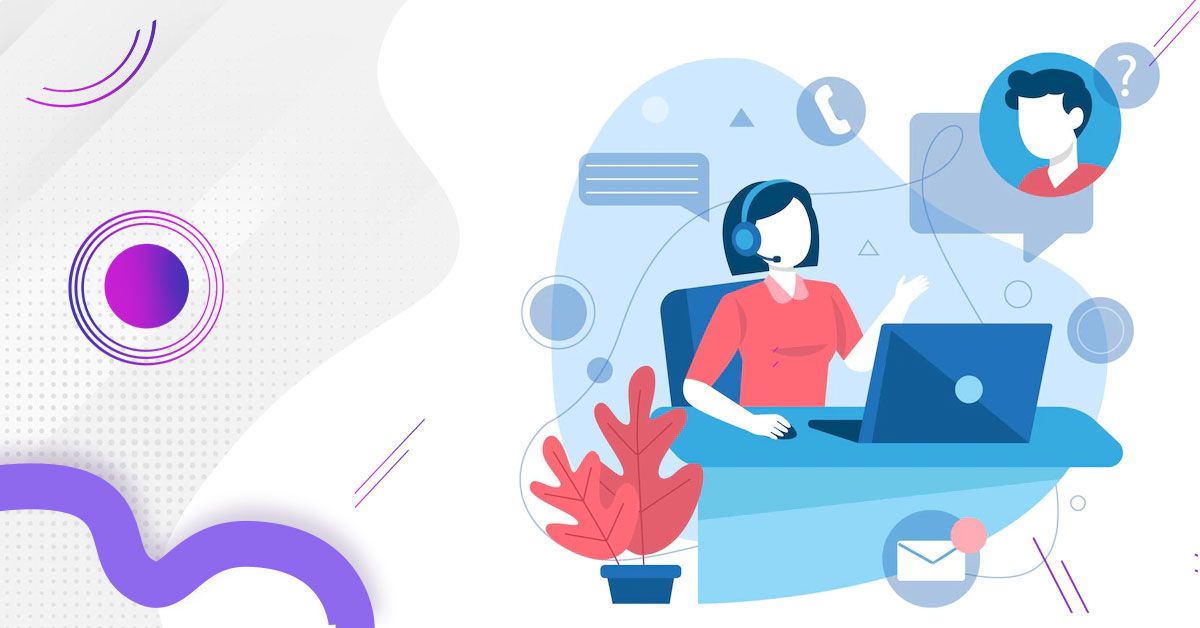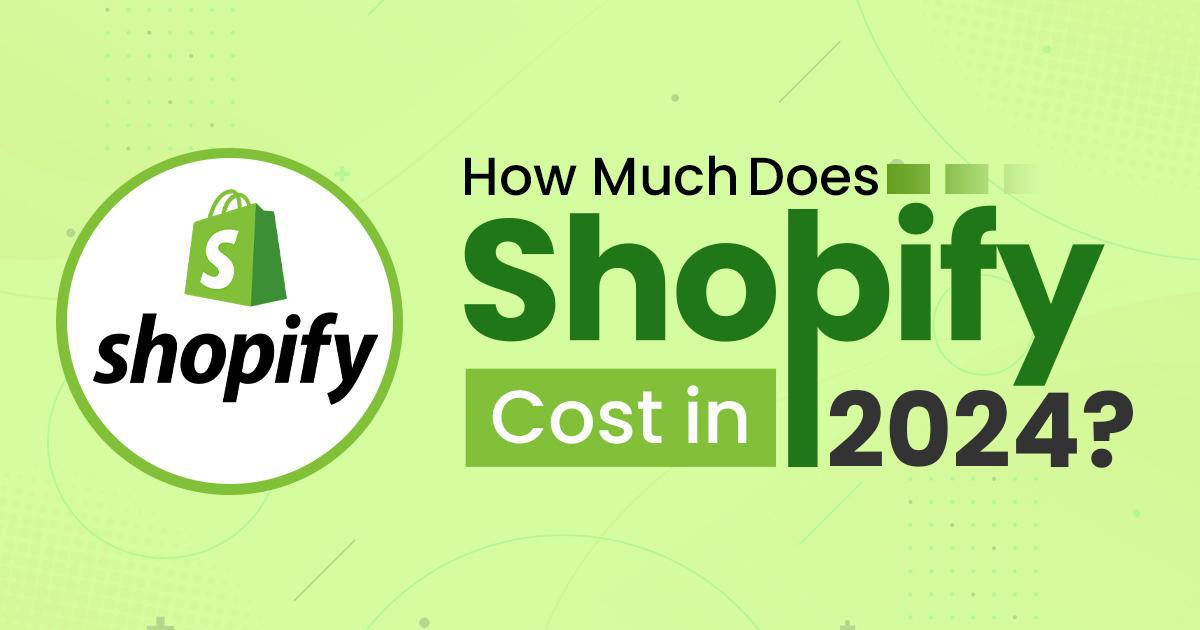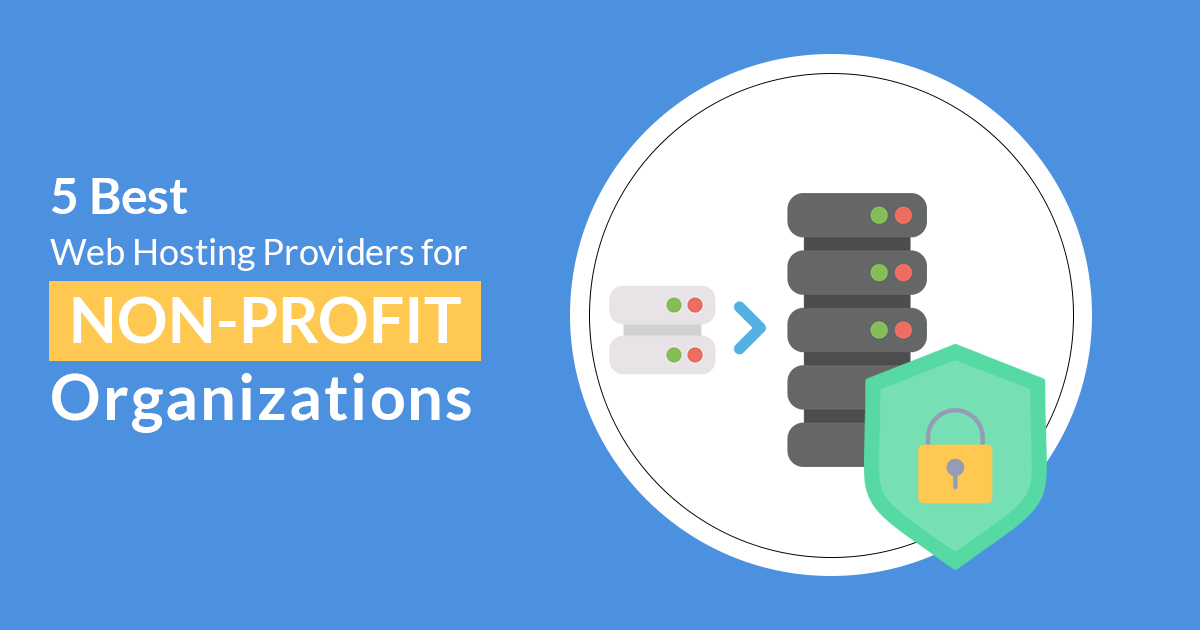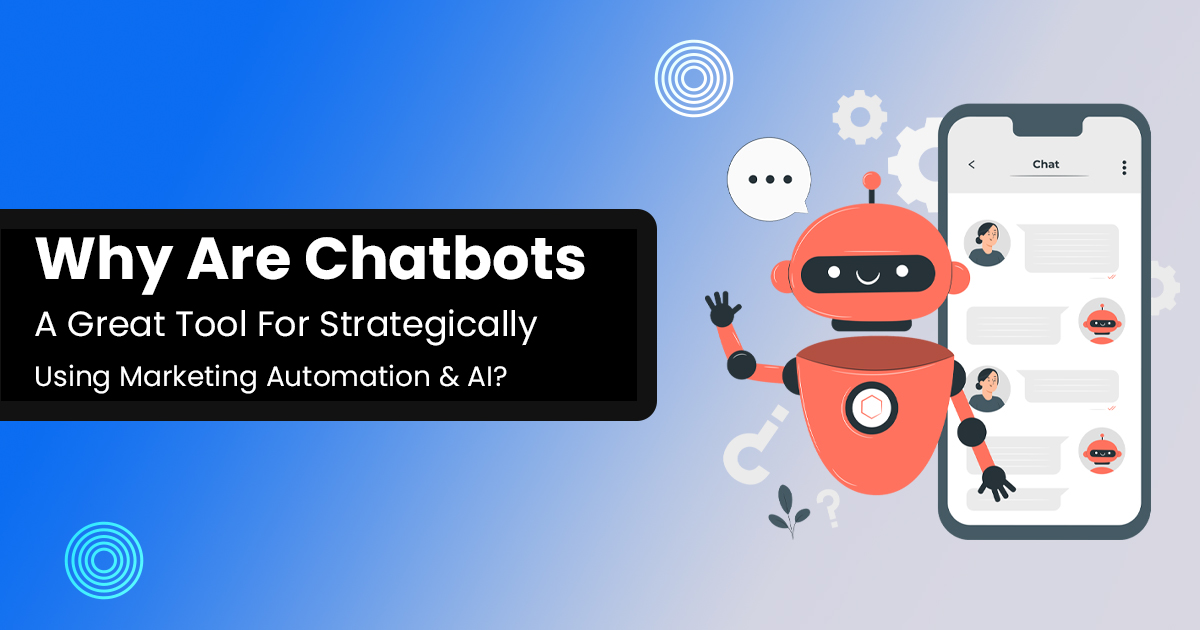Everything To Know About Customer Lifecycle Management

Wouldnt it be great if users find your products and services, buy them and become your loyal customers by purchasing again from your business? Well, to achieve this, you need to sell amazing products, provide great customer service and experience, and have a commitment to managing your customer lifecycle to grow your customer base.
Business is more about closing a one-time deal. If companies want to grow these days, they opt for customer lifecycle management and try to build a beneficial relationship with their customers to achieve a higher Customer Lifetime Value (CLV). They keep ensuring that their customers stick to their business for a while.
To turn your one-time purchasers into loyal promoters, analyzing the customer lifecycle of your business is important as it provides the scope of improvement in your sales, marketing, and customer service department.
What do you mean by customer lifecycle?
The customer lifecycle is a process that begins when your users or prospects become aware of your products and services, purchase your business, and finally become a long-time and ideal customers of your company.
The customer lifecycle journey involves 5 stages: Reach, Acquisition, Conversion, Retention, and Loyalty. Your customer service team can leverage the customer lifecycle to deliver a better customer experience at each stage of the process.
What do you mean by customer lifecycle management?
Customer lifecycle management is a process of tracking different stages of the customer lifecycle, providing metrics at each level, and finally measuring the success of those metrics. The primary goal here is to track the overall performance of the business as it is directly related to the customer lifecycle.
Customers who are looking for different products follow similar steps and become loyal to a particular brand. Rather than hoping that your customers will choose your brand, you can guide them by providing the proper value and content that they are looking for as every company has the opportunity to guide and control customer journey at each stage. By doing this, you become a transparent and reputable brand that attracts more visitors.
What is a customer lifecycle map?
A customer lifecycle map is a visual tool used by various marketers to track where their customers are in the buyer’s journey. It’s important to understand the behavior of customers at each stage and map out their actions to build a better buying journey and make customers familiar with your business.
A customer lifecycle map acts as a tool for your customer lifecycle management which clearly shows how customers are moving through the pipeline.
5 Stages of customer lifecycle management and its analysis
Let’s walk through different customer lifecycle stages of customer lifecycle management and make an analysis using different questions. This will help to identify problems in each stage so that you can find appropriate solutions that result in an overall better customer experience.
1. Reach
In the reach stage, customers search for a product that they are looking to solve their problems. In this stage of customer lifecycle management, customers compare products across different competing brands, carry out research such as size, price, features, etc. and read reviews of other customers.
An outbound method such as advertising on TV, in newspapers, etc., and an inbound method such as social media marketing and website plays a major role in this stage as, by these methods, customers will come to your brand. This stage becomes more successful if customers educate themselves about your brand or reach out to you for more information.
Analysis –
- From where does your prospect hear about your brand? Social media platforms, search engines, newspapers, or sponsored ads?
- How well are you performing on these channels when compared to your competitors?
- Do you measure your impressions and click-through rates?
- How often do you post on social media?
- Are you proving good or bad experiences on those channels?
2. Acquisition
This is the second stage of the customer lifecycle journey and customers enter into the acquisition stage when they contact you through call or message or land on your website. This stage depends on the channel they have used to contact you.
For example – If they have called you on your phone, you immediately have to respond to their concerns and queries and look for their needs. You can also offer your other products and services that are suitable for their needs and educate them about those products.
If they land on your website, then your every product page, content, or blog should influence them in making the purchase decision. Your customer service team should always be available via live chat for any urgent inquiry.
Analysis
- Will the content on your website help customers in making a purchase decision?
- Do you provide proper blogs on different topics?
- Do you provide the pricing for each product on your website?
- Can customers call your sales team from your website?
- Is your website easy to navigate by users?
3. Conversion
It is the third stage of the customer lifecycle stages where customers are delighted with your service and experience and the potential customer finally makes your purchase from your brand.
They are now officially your customers. Here, you have to make sure that your customers have not just made one purchase but they have entered into a long-term relationship with your brand. And they will continuously come back to make a purchase which will also improve your customer retention rate.
Analysis
- Is your purchase process easy?
- Is there any hindrance in your purchase process? An insecure domain, an outdated page, or a buggy website?
- Do you provide a privacy policy to your customers on your website?
- Can your customer assume the quality of your product through product description?
- Do you offer a product guarantee or return policy?
4. Retention
In this stage of the customer lifecycle management, you need to find out how your customers feel. After they purchase a product, make sure to contact them to ask how they felt about your product. Conduct a survey and ask them about their feedback, ask them how you can improve your product, and then measure your customer satisfaction score.
Using this information, you can continuously improve your products and services, and customer experience. You also need to inform them that you offer exclusive perks and exceptional service only to them. Your customer becomes your brand promoter when you offer special perks such as product discounts 24/7 support or referral bonuses.
Analysis
- How did your customers feel about their purchase?
- How well did they like your products?
- Did you solve your customer’s goal?
- Did you make it easier for your customers to come back again to your brand?
- Have you provided a personalized customer experience so that they feel appreciated and valued by your brand?
- Did you deliver product recommendations based on their purchase or previous activity?
5. Loyalty
This is the final stage of customer lifecycle management where customers became an important asset of your brand and a part of your customer base. Customers reach this stage after being influenced by the above four stages. Brand loyalty is developed by nurturing your customers through great customer service and support and if you prove the value of your products to users.
Customers might write product reviews or they might share a post on their social media accounts regarding their experience with your company. This process also helps to generate new customers and increase its reach. New customers will learn more about your brand from your loyal customers, through social media, friends, or family, research on search engines, or through advertisements.
Analysis
- Did you include social media account buttons on your website?
- Does your customer service team always keep engaging with your customers on social media accounts and reply to comments?
- Did your customers get unique and exclusive perks from your business such as birthday gifts, discounts, or special offers so that they can again purchase from your brand?
- Have you made it accessible to your customers to contact you again through live chat, phone, or email?
8 Steps to manage your customer lifecycle
1. Determine a specific target audience
Before users discover your business, you need to determine and identify your specific group audience so that you can create relevant content for them. The easiest way to determine your target audience in the customer lifecycle management process is to create a buyer persona.
The buyer persona helps to represent the behavioral characteristics and demographics of your customer base such as age, gender, location, taste, preference, etc. The buyer persona will have all the details and information about your audience so that you can target them in a specific group.
2. Provides a relevant content to customers
Give customers a reason to trust in your business before they invest in you. When customers will search for related topics, your company will pop up only when you provide search engine optimized and engaging content.
Content can include infographics, blog posts, or emails. It is a part of the inbound marketing strategy as customers will be able to see your products when they search for their queries.
3. Provide detailed information about products
Once a customer is acquainted with your brand, it’s time to provide self-service resources and every detail of your products. Your customer service team should have all the information and knowledge about your company so that they can facilitate purchasing decisions.
For example – You can include a knowledge base such as FAQs on your website that contains all the necessary information about your products and services in the form of questions and answers. You can attract more users to your brand once you start properly educating them.
4. Proactively use your sales team
People will still have questions about your company and they may walk away from a purchase. Rather than depending only on customer service tools, your customer service team or your sales team should be proactively working by reaching out to your leads and familiarizing them with your brand by offering demos or free trials.
This will lead to the development of a relationship between your users and your company which will benefit you in the future.
5. Provide support options and ease your online ordering system
It is a part of the conversion stage in the process of customer lifecycle management where customers are at a high-stress level while making a purchase and they look for proper guidance and support. To counterpart this, you can provide customer support options.
For example – Live chat support on your website is handled by your representatives so that customers can contact them when they have queries related to shopping. While navigating to different products, they can just come up with their queries on the live chat which will be immediately answered by the operators and after this, they can again return to their purchase.
You should also ease your online ordering system by providing credit card UPI payment options and net banking. Customers will add a product to their cart, add card details or UPI code, and press ‘submit’ and will make a quick purchase without any hindrance.
6. Give them a personalized customer experience
It is a part of the customer lifecycle stages where you cannot forget about your customers once they have made a purchase. You just don’t want to build a one-time relationship but a long-term connection with them. Customers should be valued even after post-purchase.
For example – You can set up an automated email system that will immediately msg customers as “Thank you for purchasing with us” just after they buy your products. You can also personally reach out to them and confirm if the product has been delivered to them in a proper condition and ensure that they are happy with their purchase.
7. Use your customer service team and marketing automation tools
Once you start growing your customer base, it would become difficult for your team to handle the post-purchase engagement with your customers each day. You need to properly cope with their demands and scale your efforts.
The solution here is to either hire a customer service outsourcing team or use a marketing automation tool or CRM tool which will provide quick access to users’ information so you can always guide them with all the support they need.
For example – You can maintain communication and active relationship with your customers by automatically sending your customers an email through marketing automation tools when every new product is being released through marketing automation tools or your customer service outsourcing team so that they always stay updated about your offerings.
8. Finally encourage your customers to share their experience
You can encourage your happy customers to share their experiences, offer them a discount for giving your reference to their friends or family members, send them a link to google reviews that will appear in your local listing and send them an email and conduct a survey from it.
This is the final stage where you build your brand loyalty and encourage your best customers to purchase more often with which you can build a repeated business.
Conclusion
Customer lifecycle management is crucial to building a loyal customer base and supporting customers as they move down in the customer lifecycle journey. Using marketing automation tools or a customer service team, you can make effort and ensure that your customers always stay interested, updated, committed, and loyal to your business.
You need to improve all the five stages of the customer lifecycle according to the needs of customers to provide a better customer experience. By analyzing your customer lifecycle performance, you will always have a scope of improvement as you can compare your performance with your goals and use the right tool at each stage.





